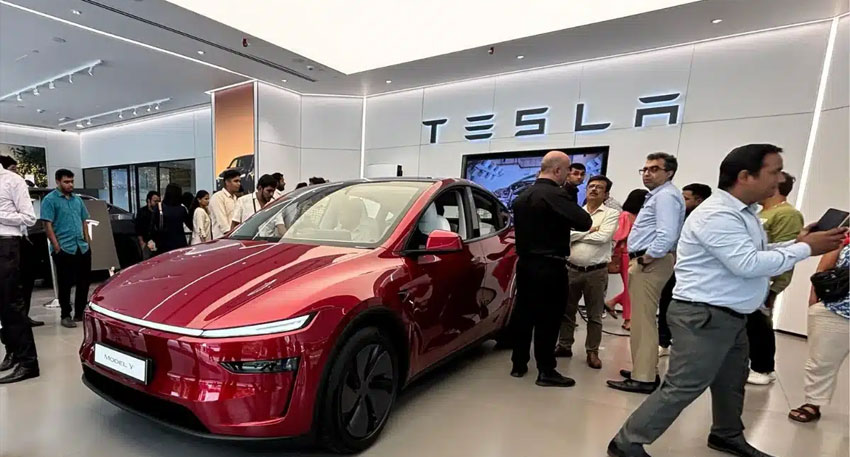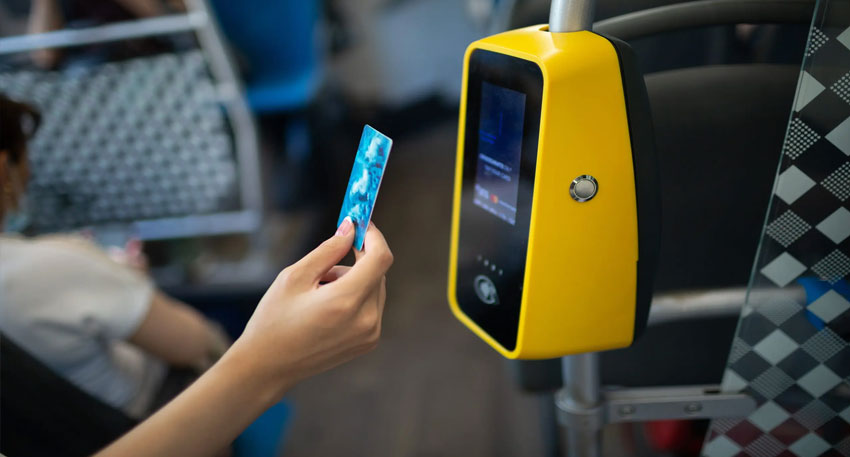
The launch event was attended by Maharashtra Chief Minister Devendra Fadnavis and invited guests, signaling a momentous, albeit elite, beginning for Tesla in South Asia s largest economy.
This long-awaited move comes as Tesla seeks new international ground amid tightening competition and softened sales in its core markets—the United States and Europe. But rather than hitting Indian roads as a mainstream EV solution, Tesla is planting its flag firmly in the premium segment, targeting the country s ultra-wealthy urban class.
Also Read: Pak Suzuki warns against tariff cuts on used cars
Tesla’s entry into India follows years of lobbying by Elon Musk, who has repeatedly voiced frustration over India’s high import taxes on electric vehicles, once calling them the highest in the world. Until recently, India had maintained import duties ranging from 70% to 100% on EVs, insisting foreign automakers build locally before offering any concessions.
However, in a significant policy shift earlier this year, the Indian government announced it would allow import duties to be slashed to 15%—but only for electric vehicles priced under $35,000 and if the automaker commits to setting up local manufacturing within three years.
Despite this window of opportunity, Tesla has not confirmed any factory plans in India. Reports suggest that initial deliveries will come from Tesla’s Shanghai Gigafactory, meaning these vehicles won’t qualify for the lower import tax and will remain firmly in luxury territory.
Indian market watchers believe Tesla’s India strategy is more symbolic than commercial—for now.
“Tesla is clearly not entering with affordability in mind,” said one Mumbai-based auto analyst. “At ₹58 lakh, the Model Y competes with luxury brands like Mercedes-Benz, Audi, and BMW—not Tata or Mahindra.” Analysts estimate Tesla’s initial monthly sales in India may reach 500–700 units, but expect numbers to settle around 200–300 once the novelty fades.
Even though India’s EV ecosystem is expanding, it is still nascent. EVs accounted for less than 3% in 2024 of all passenger vehicle sales in the country.
Tesla’s India launch also reflects broader strategic realignments, as because of mounting pressure from Chinese EV giants like BYD, which offer competitive models at much lower prices, Tesla is finding it hard to stick their ground. India’s 1.4 billion population offers long-term promise as traditional markets are saturating. This is essential, especially for a brand eager to keep its global image fresh.
The showroom launch follows a private meeting between Elon Musk and Prime Minister Narendra Modi in Washington earlier this year—part of wider India–US trade talks, including discussions around auto tariffs and clean energy investment.
For now, Tesla’s presence is more about optics than operations. Without a commitment to local production, the brand’s impact on India’s mass-market EV growth will be minimal. Still, the Mumbai showroom is a symbolic first step—offering Indian consumers a glimpse into the luxury EV lifestyle and adding pressure on rivals to innovate.
Whether Tesla decides to invest in local manufacturing will determine its real future in India. Until then, it remains a premium outlier in a young, evolving market.



